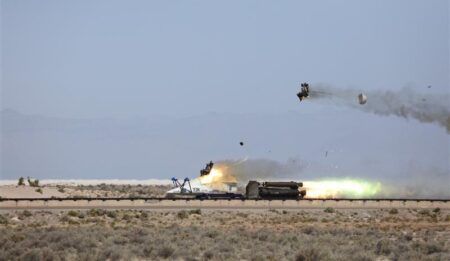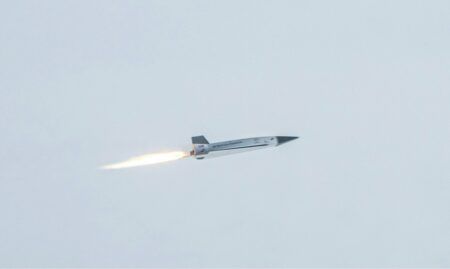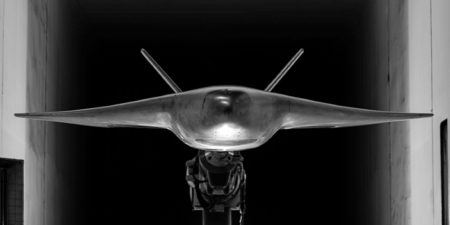One of two Lockheed Martin X-56A unmanned testbed aircraft crashed on November 19 at the Rogers Dry Lake test range in California, USA, the US Air Force (USAF) has disclosed.
The crashed X-56A, nicknamed ‘Fido’ and its twin ‘Buckeye’ are part of an Air Force Research Laboratory-sponsored program to develop new technologies to suppress inflight flutter and gust loads for new wing designs which could fly with 30-40% less drag.
The Air Force Research Laboratory (AFRL) purchased two X-56A ‘center bodies’ plus two sets of stiff-wing sets and three flexible wing pairs from Lockheed Martin for the test program. The laboratory says it will continue with its research using the second center body ‘Buckeye’ and remaining two flexible wing sets.
The technologies under test have broad applications for military and commercial aviation. Long, thin, high-aspect-ratio wings are considered crucial to the design of future long-range aircraft, including fuel-efficient airliners and cargo transports. Unlike the short, stiff wings found on most aircraft today, slender, flexible airfoils are susceptible to uncontrollable vibrations, known as flutter, and may be stressed by bending forces from wind gusts and atmospheric turbulence.
Such technologies, when applied to future designs, will enable the construction of longer, lighter, more flexible wings for a variety of crewed and remotely piloted aircraft. NASA engineers will explore issues related to active flutter suppression by adjusting software programs in the X-56A aircraft’s flight control computer. Researchers also expect to learn how to better ease gust loads, which will make flexible airplanes safer during encounters with inflight turbulence.
November 27, 2015




